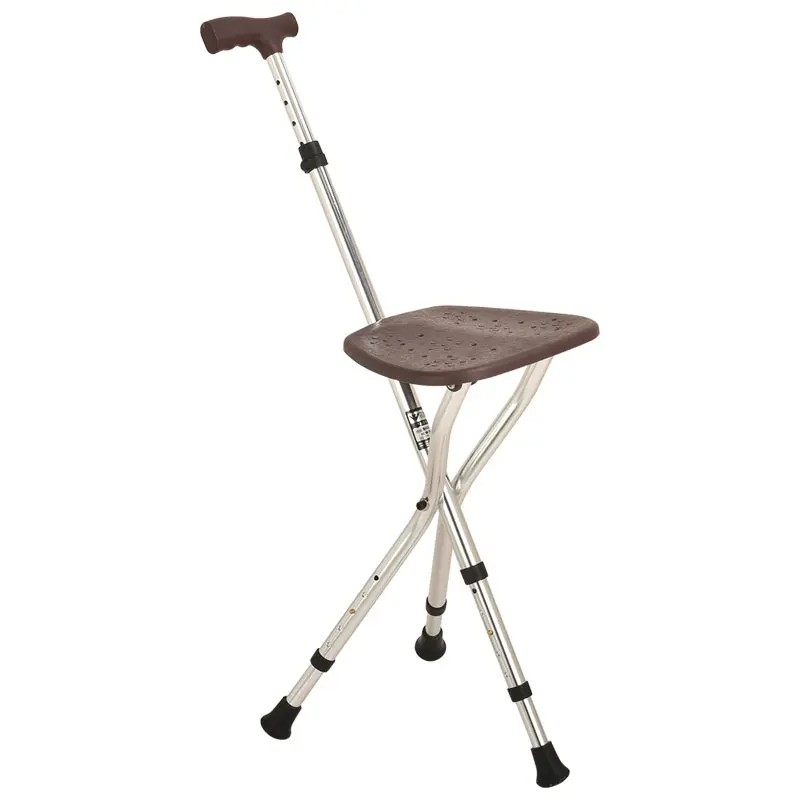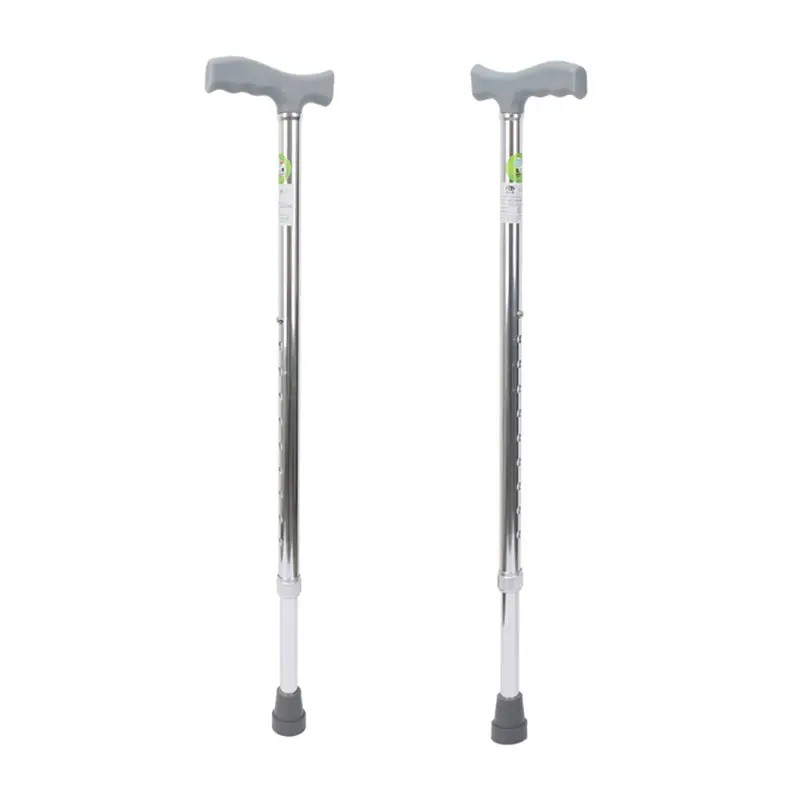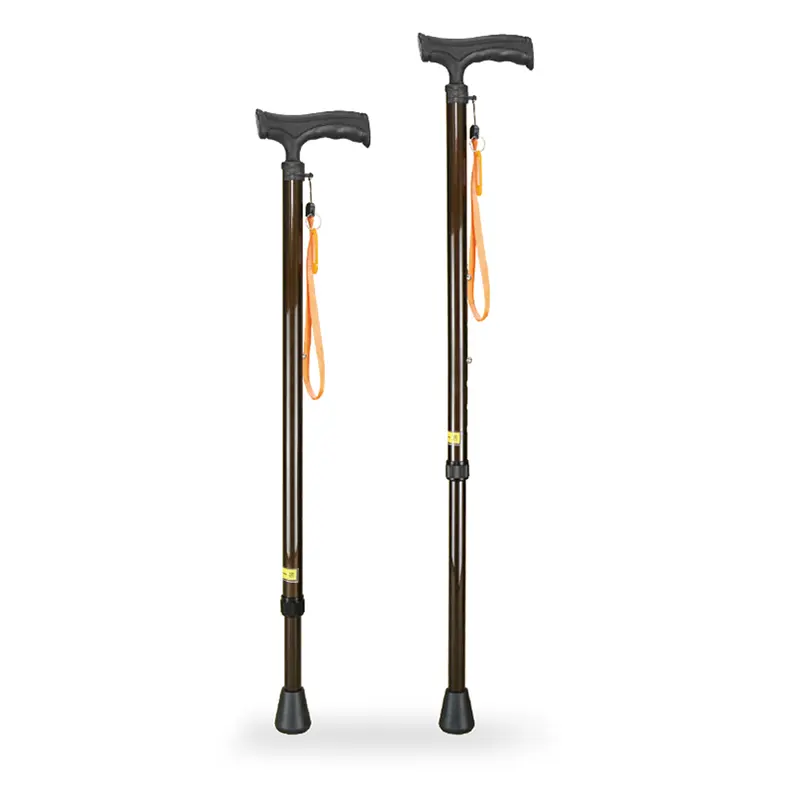The use of a walking stick or cane can be a great aid to mobility and stability for many people, providing support and confidence when walking. There are numerous reasons why someone might start using a walking stick, from short-term injuries to long-term conditions, and the decision to start using one is often a personal and considered choice.
But what about the decision to stop using a walking stick? At what point should one discontinue relying on this mobility aid? This is a question that may arise for a variety of reasons, and it is an important consideration to ensure ongoing physical health, as well as mental and emotional well-being.
One key indicator that it may be time to stop using a walking stick is the improvement of the user’s physical health and mobility. If the original reason for needing the walking stick was due to a temporary injury or surgery, then a natural point to stop using it would be once the user has healed and their strength and stability have returned. For example, someone who has had hip surgery may require a walking aid during their recovery, but once their range of motion and stability have improved, they may find they no longer need the extra support.
Similarly, for those with long-term conditions, there may be periods where the condition improves or goes into remission, and the user may find they are able to manage without the walking stick. This could be a result of successful treatment, lifestyle changes, or natural fluctuations in the severity of the condition. In these instances, it may be appropriate to discontinue the use of the walking stick, at least temporarily, and this can bring a sense of freedom and improved self-esteem.
However, it is important to consider the potential risks and implications of stopping the use of a walking stick. If the original reason for using the aid was to prevent falls or manage balance issues, then stopping its use could increase the risk of falling and potential injury. A sudden discontinuation of the walking stick could also place additional strain on certain joints and muscles, particularly if the body has become accustomed to the support. Therefore, it is important to assess the potential risks and benefits with a healthcare professional before making any decisions.
The decision to stop using a walking stick should be a considered one, taking into account the user’s physical health, their environment, and their overall well-being. It may be beneficial to trial short periods without the walking stick to assess how the body manages and adapts, and to gradually reduce reliance on the aid rather than abruptly stopping its use. This gradual approach can help highlight any potential issues and allow the user to build confidence in their new level of mobility.
In conclusion, while a walking stick can be a valuable aid, there may come a time when it is appropriate to stop using it. This decision should be guided by improvements in physical health, a consideration of risks, and a gradual reduction in reliance on the aid. By working with healthcare professionals and listening to one’s own body, individuals can make an informed choice about when and if to stop using a walking stick, ensuring ongoing mobility and well-being.
Post time: May-10-2024







